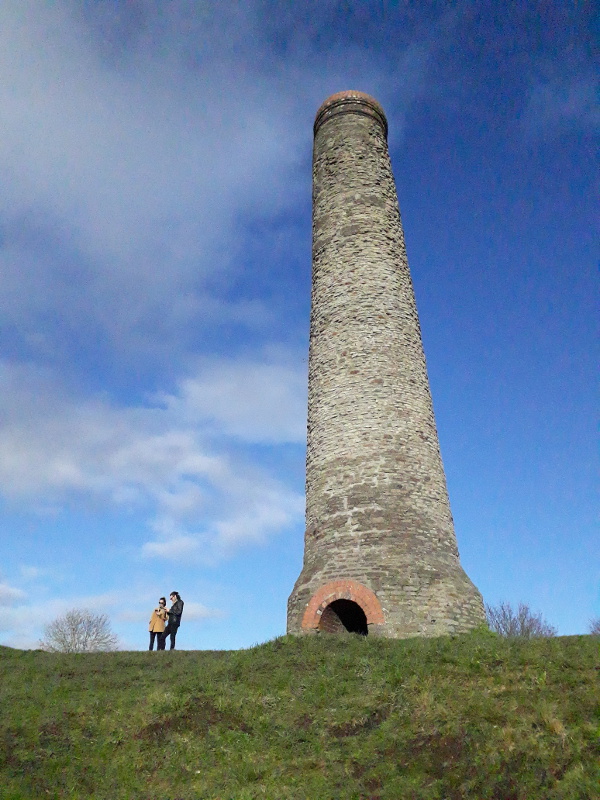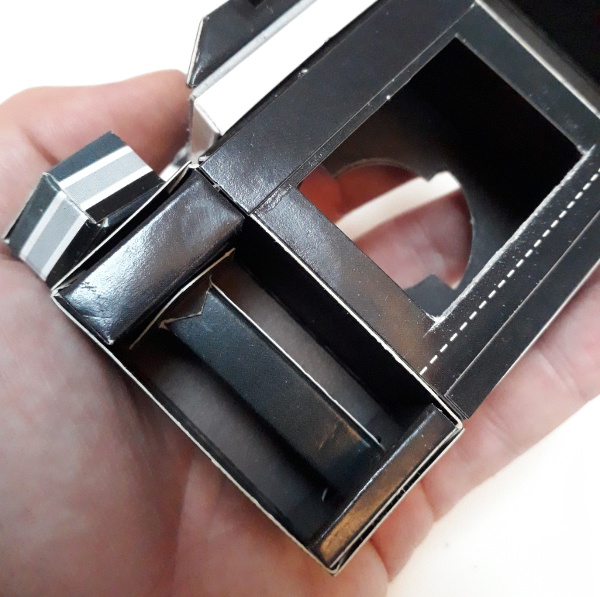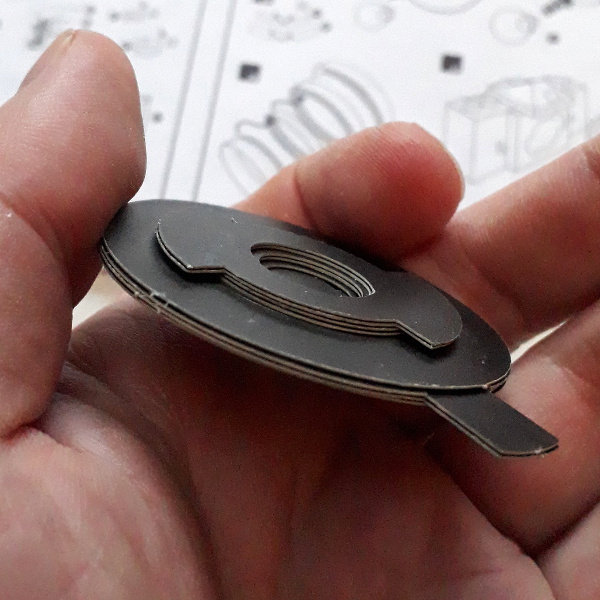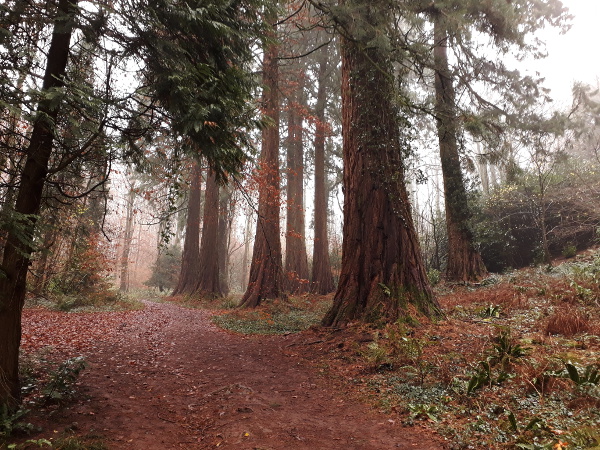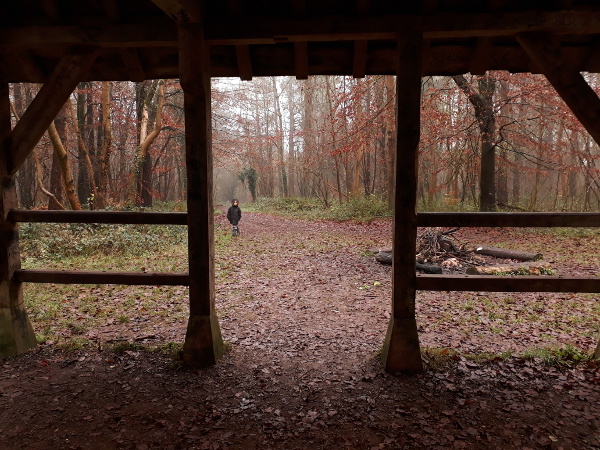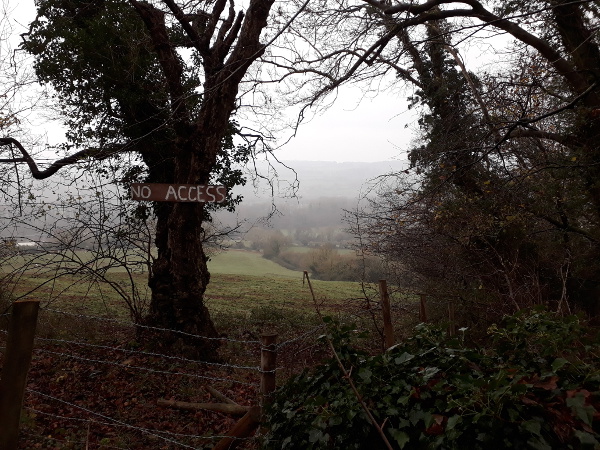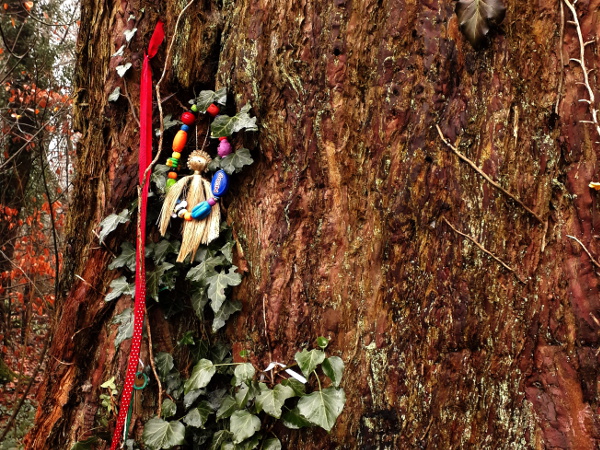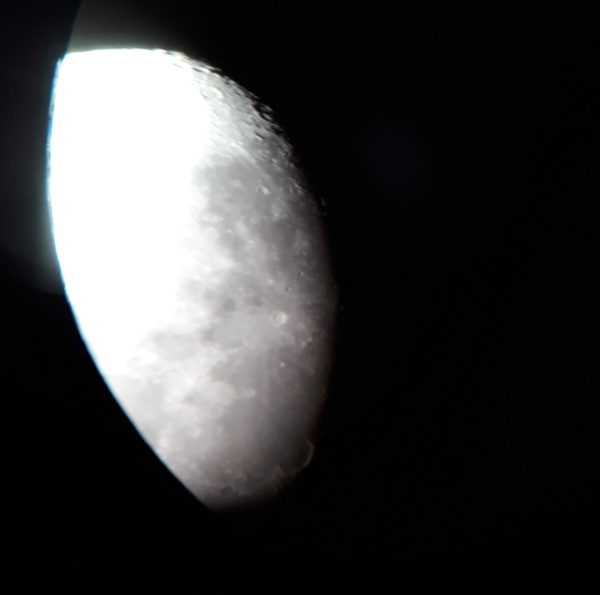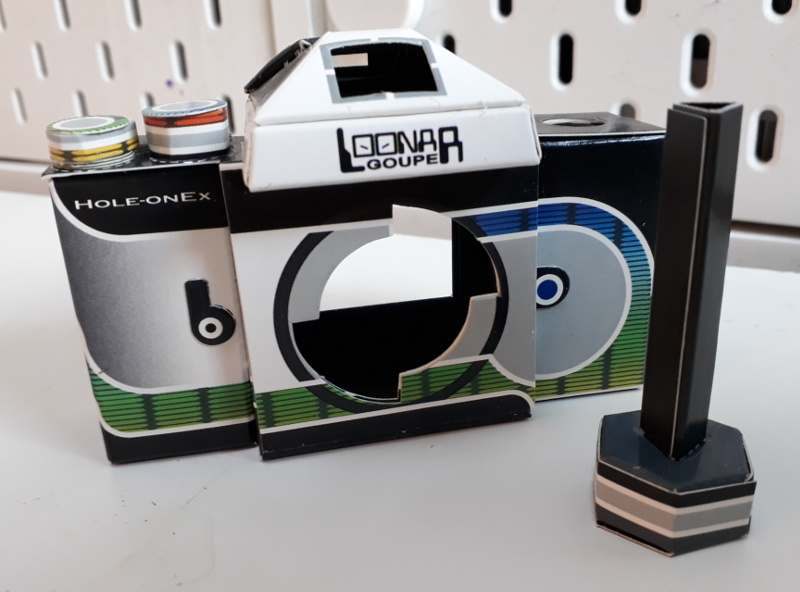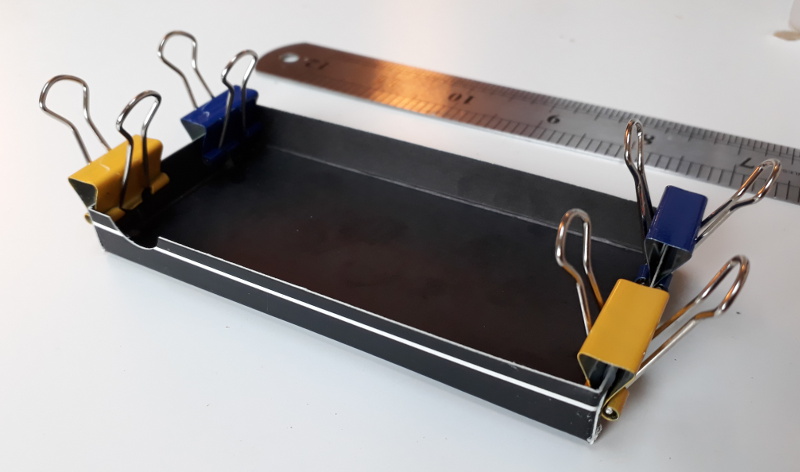I’ve written a few things so far about my father’s death, just over a year ago now. Some were recollections written recently; the post about his death itself was written down not long after it happened. I’m glad I wrote it when I did, because, in trying to write this post, on how it felt to “host” a funeral, to be one of the more prominent mourners at it, there is an awful lot that I realise now I don’t remember.
It’s amazing just how long it takes to arrange a funeral, after someone dies; all the things that have to be aligned in everyone’s calendar. It ended up being booked for a date about three weeks or so after his death, which at least gave me time to discuss with The Children whether they wanted to go or not; give various other relatives time to decide if they could make it, and so on. “There’ll be a good turnout for his funeral,” one of his old colleagues had said. “There’s always a good turnout for funerals.” He had never been social in any way during his working life; after he retired work funerals had made up a good proportion of his social calendar, or so it seemed. A group of his old colleagues had made a point of visiting him regularly during the four years of his terminal illness; part of me thought it was rather nice of them, given I’d never have thought him likely to do the reverse, and part of me wondered if they were just getting themselves stoked up for the eventual social event that would result.
We got to The Mother’s house in plenty of time, we thought, before anyone else would get there; plenty of time to get The Children into their funeral outfits but not enough time for them to get into a mess. We had, I hoped, already sorted out the debate as to who would travel with who; sorting out the various priority arguments as to who would get to ride in the undertakers’ limousines. My father’s family could hold grudges for years;* if one of his older sisters fell out with the other over some aspect of funeral etiquette, it would be quite plausible they would never speak to each other ever again. Thankfully my cousins all arrived to try to negotiate and marshal things; The Mother sat stony-faced in silence, letting the debate all happen around her, trying to avoid getting involved.
The cortege arrived, and slowly everyone shuffled into their correct seats. “Just follow us in your car,” said the undertaker, “and turn your car’s lights on. That way other people will know you’re with us.” Is this some rule of the road that all drivers know except me, I wondered. The hearse and the limousine pulled away, and I pulled out of the drive behind at dead slow pace.
Being part of a funeral procession gives you a certain amount of privilege, the privilege to make other people stop or delay what they are doing. We glided serenely down the main road into the village, dead straight for a mile. I concentrated on keeping my speed even, worrying throughout what would happen if some random driver did pull out and separate me from the rest of the procession. Who knows if anybody saw us, or realised what was happening? The village church is on the main road, but when we arrived all normal road rules went out of the window. We drove into the middle of the road as if turning into the lane alongside the church; but instead, glided like swans onto the wrong side of the main road to stop on yellow lines, facing the wrong way into the traffic. We carefully unloaded ourselves onto the pavement, and the Rector was there to greet us solemn-faced, her surplice flapping in the wind. I left the keys in the ignition so the undertakers could shunt the cars out of the way for us; it felt unnatural and wrong.
Funeral orations must be a key skill for a priest. As we sat in the front pew listening to her New England vowels, I thought about all the things we had said to her, me and The Mother, when she’d come to gather information for it. I had been pretty open and honest with her about everything I saw as Dad’s faults, his coldness, his distance, his sudden rages. The Mother denied much of this had ever happened; I wasn’t sure if this was a desire to hide things from the Rector, a pair of rose-tinted grief spectacles, or a lifelong inability to admit he had faults. It was impressive to hear the Rector’s editorial skill: how she turned the account of how my parents got together into something resembling a romcom meet-cute, when phrases like “restraining order” are arguably more appropriate. They say, once you’ve seen the inside of a sausage factory you never want to eat another sausage. I’m sure I’ll be rather more cynical listening to funeral tributes in future. Anything at all negative, anything at all that might give the listener uncomfortable thoughts, is carefully wiped away to avoid upsetting them.
I stared at the coffin, looking awfully small. We’d gone for a wicker coffin, nicely rustic and biodegradable, ignoring the undertakers’ warning that it would creak like a ship in a gale as it was carried down the aisle. It was something Dad genuinely did believe in: self-sufficiency, living at one with the land, biodegradability and so on. Of course, due to the delay between death and funeral, and the amount of necrotic flesh already inside his abdomen by the time he died, the undertakers had also recommended we had him thoroughly embalmed. I knew, therefore, that sitting there by the lectern was an environmentally-friendly fully-biodegradable basketwork coffin with a thoroughly-unfriendly preservative-pumped corpse inside it. I still sit and wonder sometimes, a year since the whole arrangement went into the soil, what the relative rates of decay of coffin and body are, and just how recognisable his body still is.
At least myself and The Mother had immediately agreed on the coffin, knowing he would have liked the idea, because talking to the Rector we had disagreed wildly as to what else he had believed. For example, the Rector had asked if he was an religious man: not a surprising question, given that she had probably never seen him inside her church, whereas The Mother is there weekly.**
The Mother: Oh yes, he was always very religious.
Me: Really?
The Rector: I’m sensing some disagreement here…
The Mother: Of course he was religious!
Now, if I have to be completely scrupulous and honest about it, I can’t say. At no point in my life, no point at all, did he ever give me any indication of what he did or did not believe. The only thing I can say is: The Mother, ever since a sudden draught of religiosity when I was young, has gone to church every week as routine as clockwork, dragging me with her until I was old enough to say no. My Dad, barring weddings, funerals etc, went grudgingly once a year to the family event where they give everyone an orange and peanuts.
The Mother: Well, I know he was religious.
I don’t remember, now, what hymns she chose, only that the Rector thought them rather too mournful for a funeral and tried to get her to pick something less depressing. The Mother doesn’t do cheerful at the best of times. The Child Who Likes Animals could not cope with the sound of everyone’s voices around him; I held his ear defenders firmly on his head.
The undertakers hoisted the coffin to their shoulders, and started to process out down the aisle. As we had been told to, the family pews followed behind, through the middle of the other mourners, out into the cold of the church porch. Built in the 1970s, every surface of the church porch seems to be tiled, and at all times of year, whatever the weather, it is freezing cold. The cars were where we had left them, but flipped around.
“Do you want to wait and say thank you to everyone who came?” the Rector asked The Mother.
I was all for staying; it would have been good to shake the hands of anyone who didn’t want to go to the cemetery, or the buffet we’d laid on for afterwards.
“Oh no,” said The Mother, “I just want to get going and get it done with.” And so, to the cemetery, we went.
* One of my dad’s sisters once bought him a ticket for an event he was going to go to anyway, as a present. He was so insulted they refused to speak to each other for over a year.
** Barring pandemics, naturally. But it was the case then.
Keyword noise: death, funerals, The Children, The Mother, The Father, undertakers, religion, belief, church.
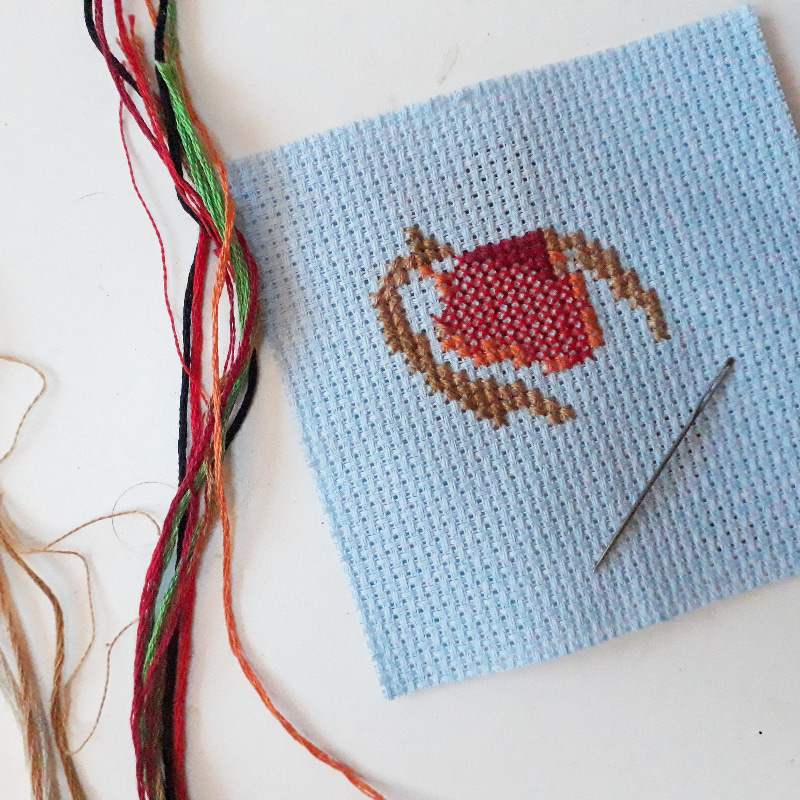

 Home
Home